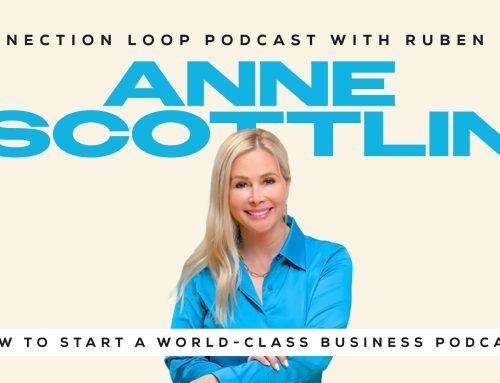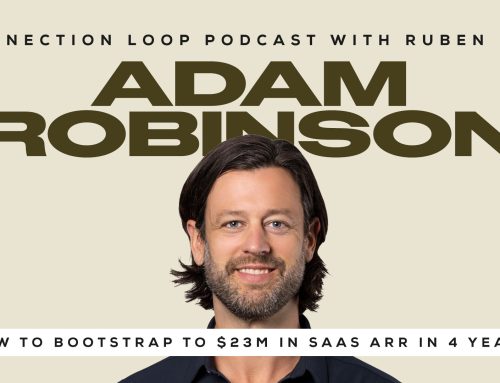We’re thrilled to share a guest post written by Chandan Chauhan from InVideo. Bringing fresh perspectives to our platform, Chandan dives into optimizing your videos for search engines with expertise and insight.
Currently, YouTube captures over 2 billion users. Videos are proliferating across many resources for online entertainment. They are now more than common. The need for Video SEO has never been more important. Video SEO is the process that focuses on making your web video to be easily found by search engines, which in turn increases views, engagement as well as boost ranking. Through this guide, content creators, digital marketers, and businesses will be provided pragmatic advice on how they can maximize their videos’ visibility and searchability on search engines, so that their materials can be seen by the targeted populations.
Understanding Video SEO
Video SEO is certainly the video-specific part of SEO that is devoted to optimizing your videos. Its most important aim is to render videos more visible on search engine results pages (SERPS) and on platforms that hosted those videos, including YouTube and Vimeo. Rather than just text based SEO, Video SEO is completely different, which gives it additional advantages like quality of the video, metadata, viewer engagement metrics and so on.
The importance of Video SEO derives from the growing video content’s consumer fascination as compared to other types of content. Videos do not only provide to the user better understanding a product or a service but also, there is greater possibility that they are shared on social media networks. Consequently, for those involved in content creation and marketing, well-prioritized videos have the potential to bring more traffic, better appearance and conversion rate on the brand.
Key Factors Influencing Video SEO
Content Quality and Relevance
At the core of mastering Video SEO is creation of engaging content that your audiences can associate with. Regardless of whether the video is instructional, funny, or both, give it value. Moreover, your video content should be in accordance with the search intention of your audience by answering their questions or by resolving their issues.
Video Metadata Optimization
Optimizing your video’s metadata is crucial for SEO. This includes:
Title Optimization: By adding appropriate keywords to your video title, you will improve the chances of your video being found. On the other hand, make sure that the title entices people and reveals the main focus of the video.
Compelling Descriptions: It is the basics of a video description to give a clear and concise overview of the video’s contents, preferably with some keywords or phrases that viewers use to look for your video.
Tags and Categories: These tags will assist in describing your video’s subject matter in more detail and classify your content so that platforms use them effectively and correctly place your videos.
Thumbnail Image
The thumbnail image is the foremost glance at your video and therefore, essential. An appealing, recommended thumbnail can be more than 30% effective in CT enhancement. Display the pictures of good quality that do not distort the video. And see if you can add some text-overlays to show the topical issues or make your viewers curious to learn more.
Leveraging Video Editing for SEO
Enhancing Video Quality
High quality, well-edited videos are better at engaging viewers than those which are low quality, therefore consequently, leading to longer watch times, which gets the attention of the search engines. The use of a video editor will enable you to accomplish this, as it offers precise editing cuts, effects and enhancements which will raise the quality of your video.
Adding SEO-friendly Features
Editing also allows you to embed SEO-friendly elements directly into your videos:
Captions and Subtitles: Captions are a very effective tool in engaging your audience and the ability to get this message across to people across the globe, or to those with hearing impairments, is enhanced by captions.
Annotations and Calls to Action: The use of annotations to highlight the brand logo, link to other videos or provide your website link are all good ideas as well as the inclusion of CTAs such as asking viewers to like, comment or subscribe.
Optimizing Video Length and Format
Video Length: The video length that suits the best depends on the individual platform and content type. Normally make videos as brief as possible, however the videos must not be so short that the value of the information cannot be grasped.
Format Considerations: Video formats of different platforms are reflected by different platforms. For example, vertical and squared format is more appropriate for Instagram and TikTok, respectively, because they are more mobile-oriented platforms.
Technical Aspects of Video SEO
Your choice of video hosting platform can impact your SEO:
Self-Hosting vs.Third-Party Platforms: Putting the videos on your own site could result in better optimization but may be more time-consuming and difficult to install. Unlike third-party platforms such as YouTube with convenient interface users may find it difficult to effectively use and reach wider audiences though.
Schema Markup for Videos
Schema markup is a code that you add to your website to help search engines provide more informative results:Schema markup is a code that you add to your website to help search engines provide more informative results:
Implementing Video Schema Markup: Through adding schema markup to your videos on your website you are bringing their presence there to the notice of search engines and they may get to appear as rich snippets which ultimately leads to an increased click rate.
Video Sitemaps
A video sitemap is an XML sitemap designed specifically for video content:
Creating and Submitting a Video Sitemap: This will show all the video content on your site in Google results (and other search engines), therefore it has a great importance for your SEO (especially if your site is new or videos are not easy to discover via your site’s structure).
Promoting Your Videos
Social Media and Email Marketing
Don’t just rely on organic search engine traffic:
Cross-Promotion: Give your videos out over social media and push it to your email marketing channel. This can bring immediate traffic to your site and it can be also shared on the web thus, building more inbound links to your page.
Embedding and Link Building
Embedding Videos on Your Website: This will boost the user’s intent on your webpage, which will also be regarded as a positive indicator by search engines. Provide only the videos which relate to content on the page.
Link Building for Videos: Get trusted sites to link to your video content or post it on social media. Links become solid references meaning your video can expect better search engine optimization.
Measuring Success in Video SEO
Analytics and Performance Tracking
Track the performance of your video content across platforms to understand what works:
Engagement Metrics: Watch views, watch time, likes, comments, and shares. These metrics can provide you the information on the performance of your content and the preference viewer’s.
SEO Rankings: Check how your video appears in search in search engines and on video hosting platforms using the specific keywords.
SEO Rankings: Keep track of how your videos rank for your focused search key passphrases on the search engines and the video hosting platforms.
Iterative Improvement
Use analytics to continually refine your Video SEO strategy:
Adjusting Content and Techniques: Making little adjustments upon analyzing web statistics may mean improving content, metadata, and SEO activities to enhance the engagement and the search engine result rankings.
Conclusion
Video SEO is a key aspect of a successful digital marketing strategy, improving the visibility and user engagement of your video content. Through working on content quality, optimizing meta-data, using video editing and applying effective promotion strategies, you can get the most out of video SEO. Know that Video SEO is not a one-time effort but an ongoing work of optimization and adapting your strategy to the changing audiences and search engine algorithms.





Leave A Comment